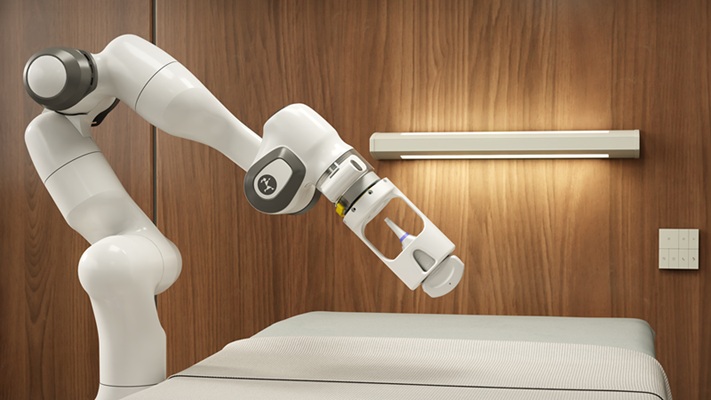Quality Processes Fueling Global Refurbished Imaging Equipment Market
By MedImaging International staff writers
Posted on 18 Sep 2019
The market adoption of refurbished imaging equipment is being fueled by quality refurbishment processes, regulatory relaxations, persuasiveness of a circular economy, and new marketing channels. These are the latest findings of Research and Markets, (Dublin, Ireland), a global market research company.Posted on 18 Sep 2019
Refurbished medical imaging equipment refers to pre-owned medical imaging equipment, which has been restored to the Original Equipment Manufacturer (OEM) specification to same as new condition. The refurbishment process, which includes full refurbishment and semi-refurbishment. Refurbishment, refers to the process wherein OEMs or Independent Service Vendors (ISVs) transform the pre-owned medical imaging equipment to its original like new condition. OEM refers to the company, which had originally manufactured the medical imaging equipment, while ISV refers to the company providing refurbishment products and services but does not manufacture the medical imaging equipment by itself. The refurbishment process includes decontamination, cosmetic enhancement, repair or replacement of parts, software upgrade and, finally, quality and performance check. Extending the life of pre-owned medical imaging equipment requires a set of refurbishment processes that are described as Good Refurbishment Practices (GRPs).
Advancements in medical imaging technology are helping achieve state-of-the-art healthcare management across the world. However, all hospitals and independent diagnostic imaging centers do not have access to advanced medical imaging equipment due to budget constraints and continuous consolidation of healthcare facilities. Healthcare providers are being forced to re-evaluate their purchases of new medical imaging equipment due to upfront capital investments and lower reimbursements.
However, with the growing need for driving patient volumes and having a top-quality imaging equipment fleet, the end-users are required to balance the return on investment with the purchase of capital equipment. As a result, refurbished medical imaging equipment serves the purpose due to their like new condition and significantly lower front capital investments. End-users choose refurbished medical imaging equipment for various reasons such as limited budget, requirement for consistency in clinical outcomes (from aged equipment), restriction of high-end imaging equipment for specific functions, improving the age profile of the installed base at lower upfront capital costs, and ensuring the utmost care and safety of patients.
Geographically, the US, Western Europe and Japan are the major sources of pre-owned medical imaging equipment which undergo refurbishment. After the completion of the refurbishment process, the medical imaging equipment is sold either locally or exported to other countries across the world. Local refurbishment is predominant in some countries, while other countries have restricted/banned the import of refurbished equipment.
Related Links:
Research and Markets














